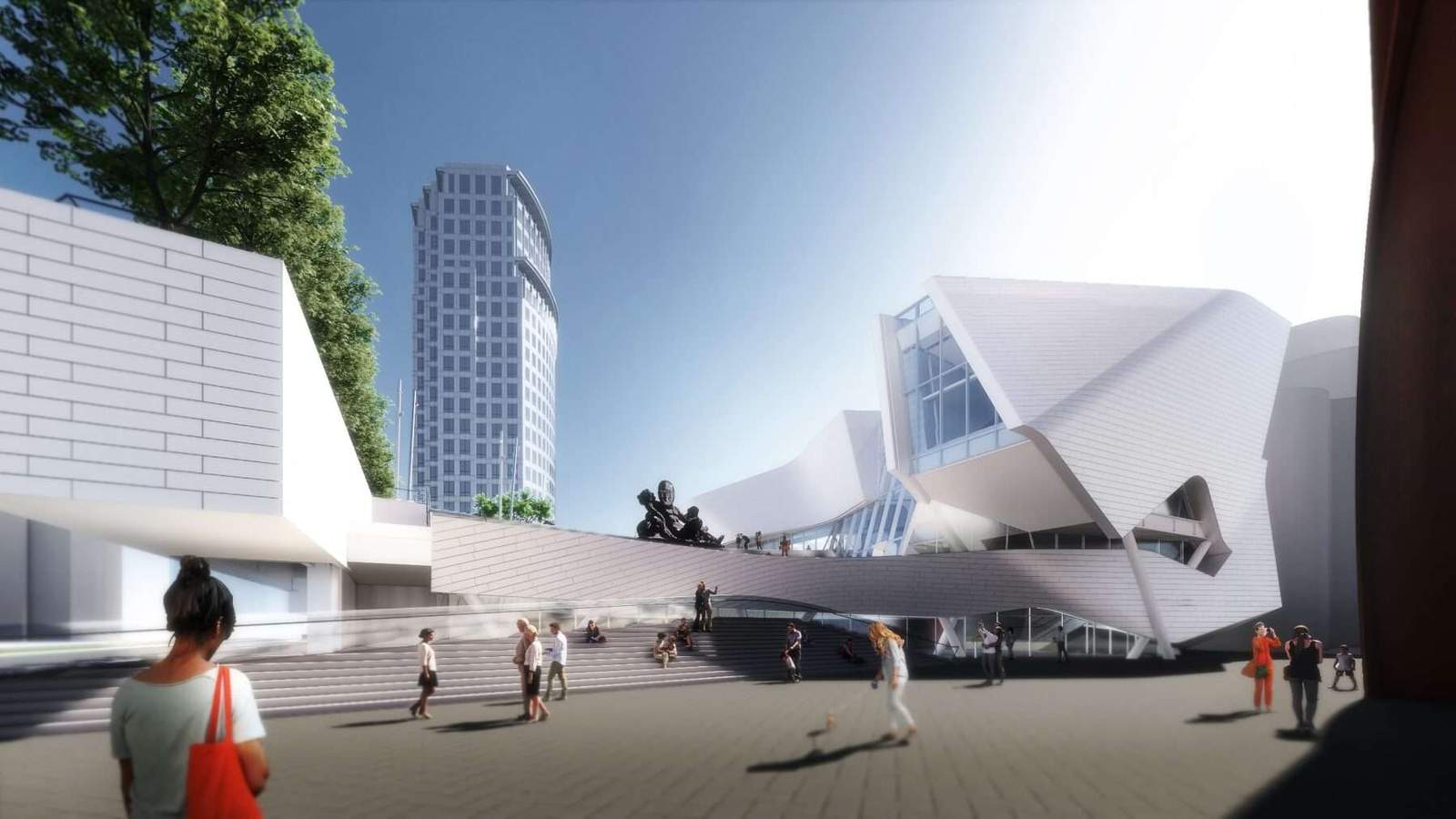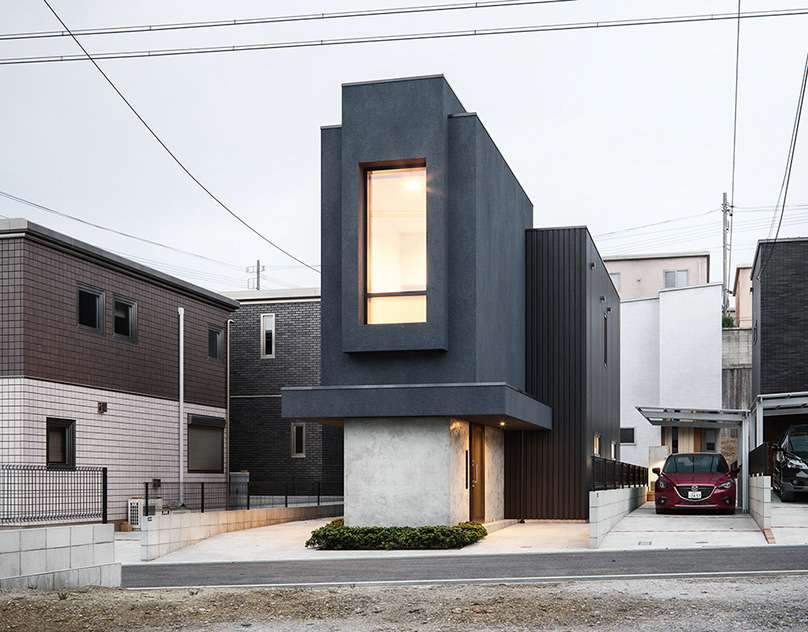LAGI 2020 Fly Ranch Global Regenerative Design Challenge Announces Top Proposals
Burning Man Project and the Land Art Generator Initiative collaborated to create the LAGI 2020 Fly Ranch design challenge, inviting innovators and creatives to propose regenerative projects for Fly Ranch, an off-grid 3,800-acre ranch in the Great Basin. Teams were asked to integrate sustainable systems for energy, water, food, shelter, and waste management into works of art in the landscape. The objective is to build the foundational infrastructure for Fly Ranch, support Burning Man Project’s 2030 sustainability goals, engage a global audience to work together towards systemic transformation, and serve as an inspiration for the developing field of regenerative design.
When selecting the highest proposals, the planning competition jury invited members of the area people for his or her feedback. the planning competition shared, “leaders from local Indigenous communities and experts within the fields of art, science, sociology, architecture, architecture , design, engineering, education, environmental conservation, and therefore the circular economy.”
Selected design teams will receive honorarium grants to construct on-site prototype installations of functional use. In October, a hardcover publication documenting the project are going to be available along side Regenerate! Dream, Design, Deploy, a cooperative resource management parlor game designed specifically round the themes of LAGI 2020 Fly Ranch.
LAGI’s founding co-directors Elizabeth Monoian and Robert Ferry share, “As we implement climate solutions, we should always recognize that technology doesn’t sleep in a vacuum. it’s born from human culture and it thrives once we look after it. there’s an inherent beauty in natural systems that reflects the steady-state of their balance, where the life cycles of living things are consonant with the energy and resources that naturally flow through them—where nothing is wasted and every one that’s required to thrive comes from the sun, the wind, and therefore the weather. Could it’s that once we are capable of designing such systems we’ll find inherent beauty emerging from them also Fly Ranch provides the right context during which to start to answer this question by experimenting with new systems for human thriving—to tackle the hard problem of net-zero sustainable infrastructure with circular design thinking.”
Below are the top design proposals voted by the jury.

Taking the top rank by jury vote: Lodgers: Serendipity in the Fly Ranch Wilderness by Zhicheng Xu and Mengqi Moon brings together composting toilets, reclaimed timber waste, traditional thatching methods using local materials, computational script-generated parametric design, and native species shelters to provide an environmental education venue, soil replenishment, sustainable waste management, and habitat enrichment for Fly Ranch.

Coyote Mountain by Dusty Michael, Jane Maru, and Anna Meloyan (USA), which brings together low-temperature geothermal, luminescent solar concentrator photovoltaic, bladeless wind turbines (Vortex), lithium-ion energy storage, and rammed earth construction to contribute 5,256 MWh/year of heat, 460 MWh/year of electricity, and multipurpose spaces for creative activities;

Nexus by Antoniya Stoitsova, Nicolo Bencini, Ben Naudet, Avi Greene, Alex Ogata, and Tom Kendrew (United Kingdom), which explores the design capabilities of Ferrock, a sustainable alternative to concrete that absorbs CO2 through the curing process of building components.

The Source by Mateusz Góra and Agata Gryszkiewicz (Poland), which contribute 250 kg/year of food, 2.2 MWh/year of electricity, 9,000 liters/year of water, habitat enhancement, and soil replenishment in a spiraling rammed earth education space.

Kiba paa’a: Mountains of Water by Javier Irigaray, Josien Visser, Mara Equisoain, Deyo Maeztu-Redin, and Silvia Larripa (France), which proposes a series of minimally intrusive and reversible interventions to provide sustainable water collection inspired by traditional Indigenous technologies.

Ripple by Matthew Lagomarsino, William Jacob Mast, Pierre-Yves Bertholet, Xiaojin Ren, Scherwyn Udwadia, Bas Kools, Israel Orellana, and Melika Tabrizi integrates electrochromic glass, a bio-ceramic dome (Geoship SPC), seed bank, solar photovoltaic, cisterns, drip irrigation, composting toilets, and native restoration plants to supply shelter, food, medicinal herbs and teas, habitat enhancement, water harvesting, 36 MWh/year of electricity, and 40,000 liters/year of harvested water.

Solar Mountain by Nuru Karim and Anuj Modi (India), which uses solar photovoltaic and recycled materials to contribute 300 MWh of electricity per year and interactive spaces for play and exercise;

The Loop by Mathias Gullbrandson, Anna Johansson, Per Dahlgren, Julia Andersson, and Olle Bjerkås (Sweden), which contributes contribute fertilizer, fruit trees, vegetables, greens, and 1.5 million liters/year of irrigation water

SEED symbiotic coevolution, by Samantha Katz, Woody Nitibhon, Henry O’Donnell, Lola Lafia, Eric Baczuk, John Hilmes, Max Schwitalla, and Colin O’Donnell (USA), which includes a solar chimney, solar PV, geothermal, passive cooling, composting, greenhouses, aquaponics, biodigesters, and greywater recycling.

Veil by Jamieson Pye (USA), which incorporates walipini greenhouses and gravity-fed water filtration within an innovative construction using local materials to provide food and to create spaces of cohabitation while generating zero waste
—
The annual Burning Man event at Black Rock City may be a highly sought-after event in northern Nevada. Inviting visitors from everywhere the world , Burning Man has become a mecca for people seeking to explore and expand their creative outlets. “In 2016, the organization behind this city acquired Fly Ranch, a 3,800-acre property just north of the event site. This property is home to dozens of hot and cold springs, three geysers, acres of wetlands, dozens of animal species, and quite 100 identified sorts of plants. The Fly Ranch project is a chance to make a year-round rural incubator for Burning Man culture and a catalyst for innovation and creativity within the world.”
The selected winning proposals will be provided grant funding to help construct a functional prototype on site. To learn more about the competition and the winning results click here.
*Fly Ranch Land Acknowledgment
Fly Ranch and the surrounding region has an 11,000+ year history of stewardship by the Numu (Northern Paiute) and Newe (Western Shoshone) people. When we visit we are guests on their land. To learn more, read Burning Man Project’s post on Indigenous Peoples’ Day.





